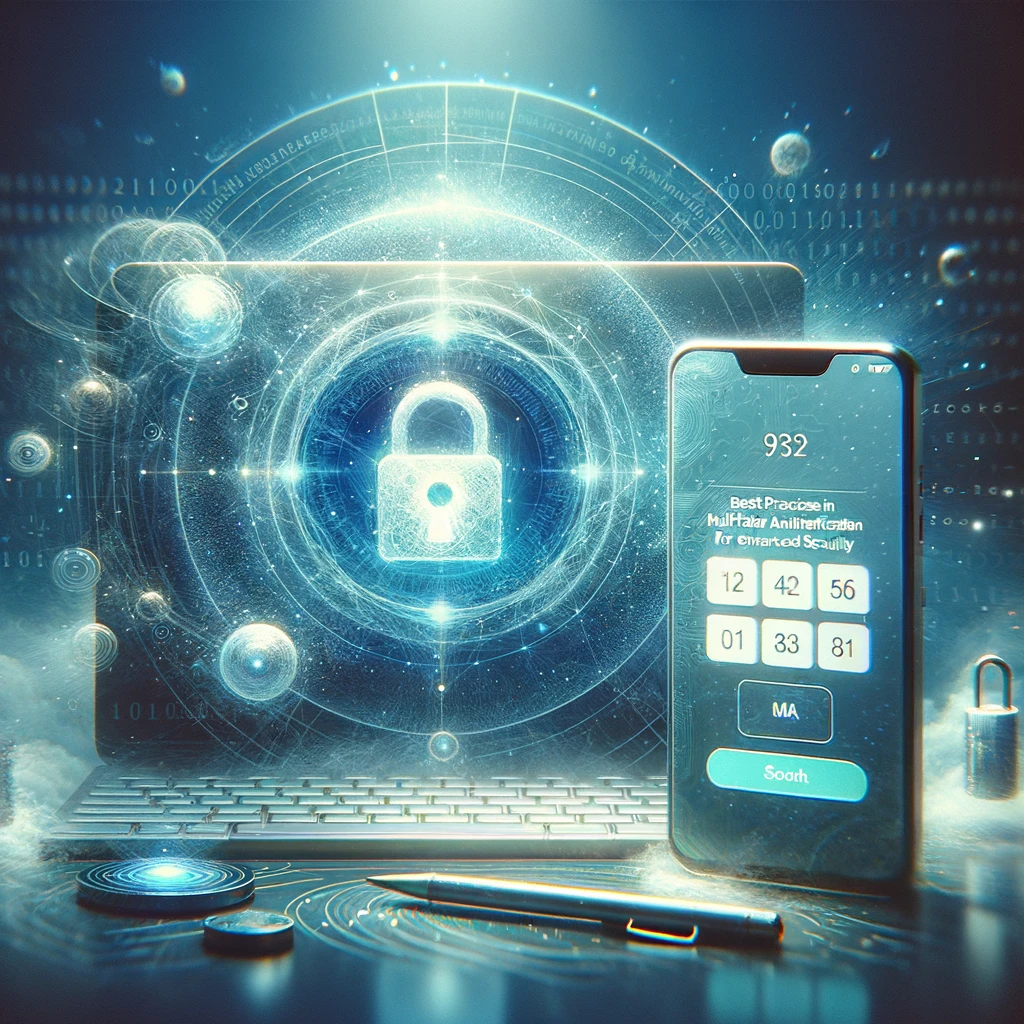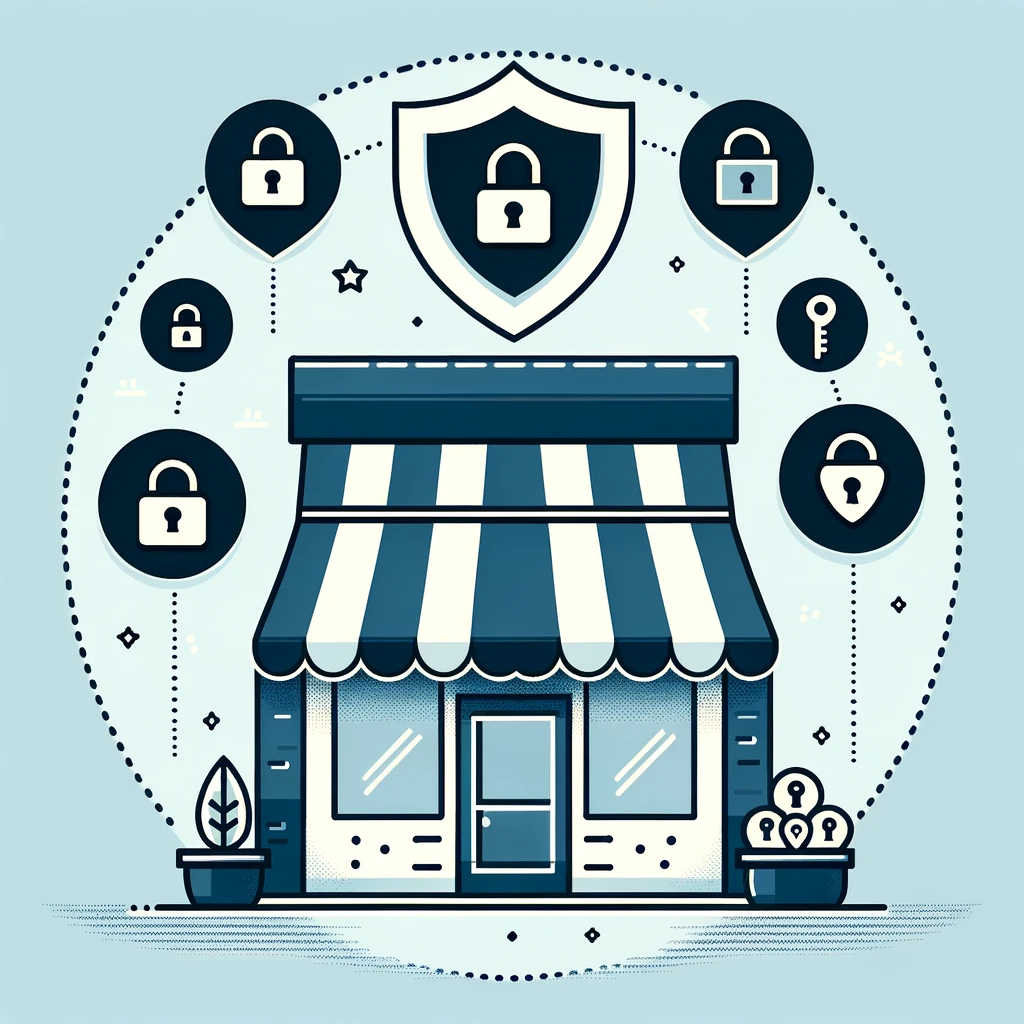Implementing Multi-Factor Authentication (MFA) will boost your business security. This strategy adds multiple layers of protection. Effectively it reduces the risks associated with credential theft and phishing.
MFA enhances user trust. It also helps guarantee compliance with industry regulations.
We must choose appropriate methods that fit our needs. At the same time, we need to keep the user experience straightforward.
One also needs to establish clear policies and regularly review authentication techniques. This will strengthen overall security.
Additionally, understand the challenges and best practices around MFA. This will aid in successful implementation. Then we can better safeguard our sensitive information from advanced cyber threats.
Key Takeaways
- Implementing MFA reduces the risk of credential theft and phishing attacks. Thus, enhancing overall security for sensitive business information.
- Tailor authentication methods to your organization’s needs. One needs to balance security with user experience for effective integration.
- Regularly review and update your MFA policies. This will maintain compliance and address emerging security challenges.
- Provide comprehensive user training to build awareness of security practices. Doing this will foster trust in the MFA system.
Understanding MFA and 2FA
What are the distinctions between Multi-Factor Authentication (MFA) and Two-Factor Authentication (2FA)? Understanding this will make improve our cybersecurity measures. Especially when it comes to securing our business data, That’s what business security with MFA is all about.
The definition of MFA highlights it as a broader approach. It involves multiple authentication factors. On the other hand, 2FA shows it requires just two methods.
We can greatly reduce access risks associated with credential theft and phishing attacks. How? By implementing multiple security layers.
This approach boosts user confidence. Moreover, it also aids in regulatory compliance, ensuring we meet industry standards.
MFA frameworks provide a structured way to enhance our security posture. It is a way to incorporate authentication methods into our strategy for protecting sensitive information.
Benefits of Multi-Factor Authentication

Multi-Factor Authentication (MFA) offers significant advantages by dramatically enhancing our security against unauthorized access and cyber threats.
One of the key MFA advantages is its ability to reduce phishing attempts, as multiple authentication methods make it harder for attackers to compromise accounts.
By implementing MFA, we not only bolster our risk management strategies but also foster user trust, as clients feel more secure knowing their data is protected by additional security layers.
Additionally, MFA helps us comply with industry regulations, ensuring we meet necessary compliance benefits.
With effective implementation strategies in place, we can choose the most suitable authentication methods tailored to our needs, ultimately creating a more secure environment for our business and its stakeholders.
Implementing Effective 2FA Strategies
We start the implementation of effective 2FA strategies by carefully selecting the right methods. These are the methods that best fit our organization’s needs. We should focus on 2FA tools that enhance our security without complicating the 2FA user experience.
Let’s establish clear 2FA policies and guarantee seamless 2FA integration across all platforms. Regularly reviews of our chosen 2FA methods will help us meet 2FA compliance and address potential 2FA challenges.
The table below compares the various 2FA methods in terms of user experience:
| 2FA Method | Authentication Factor | User Experience |
|---|---|---|
| SMS Codes | Something you have | Quick but vulnerable |
| Authenticator Apps | Something you know | Secure and reliable |
| Biometric Systems | Something you are | User-friendly |
| Hardware Tokens | Something you have | Highly secure |
Common Challenges in MFA Setup

Several common challenges can hinder our MFA setup, impacting its effectiveness and user adoption.
Several common challenges can hinder our MFA setup. They impact its effectiveness and user adoption.
As we navigate the MFA implementation process, We might encounter user resistance. This is due to unfamiliarity or perceived inconvenience. Additionally, ensuring system compatibility with existing software can complicate our efforts.
Other challenges include:
- Security fatigue: Users may feel overwhelmed by multiple security measures.
- Recovery options: Establish reliable backup methods for account access. This is vital if users lose their primary authentication method.
- Registration security: Protecting the initial setup process from vulnerabilities is essential.
Enhancing Security With MFA

Implementing MFA greatly boosts our security posture. It adds multiple layers of authentication that protect sensitive data from unauthorized access.
Should we utilize various MFA technologies? If we do, we can enhance our MFA integration processes. It helps us to meet existing MFA regulations and guarantee compliance.
This approach strengthens our MFA risk management. Further, it also improves our MFA user experience. Thus, making it easier for users to adhere to security protocols.
We should regularly analyze MFA metrics. This helps us assess the effectiveness of our strategies and guarantee scalability as our business grows.
Addressing Advanced Cyber Threats to Improve Business Security with MFA

MFA has enhanced our security measures with MFA. What’s next? We need to confront the growing threat posed by advanced cyber attacks that target our systems and sensitive data. Advanced persistent threats (APTs) can infiltrate our networks. After doing so, they can remain undetected for extended periods. This makes it important to adopt robust strategies for protection.
We must prioritize:
- Endpoint protection: Safeguard all devices within our network.
- Threat detection: Implement systems that identify suspicious activity.
- Employee vigilance: Train our teams to recognize social engineering tactics.
Best Practices for User Training

How can we effectively train users to recognize and respond to potential security threats while using MFA? We should implement diverse training methods that enhance user engagement and awareness. Role-playing can simulate phishing scenarios. This will enable users to practice responses in a safe environment. We must also establish feedback mechanisms to assess user experience and testing effectiveness.
Here’s a concise overview of our training practices:
| Training Method | Purpose | Frequency |
|---|---|---|
| Role Playing | Enhance phishing awareness | Quarterly |
| Continuous Learning | Reinforce security policies | Ongoing |
| Testing Effectiveness | Measure knowledge retention | Bi-Annually |
| User Feedback | Improve training content | After each session |
| Policy Reinforcement | guarantee compliance | Monthly |
Future of Business Security With MFA

Now our training practices can lay a strong foundation. The next step is the widespread adoption and evolution of MFA. This will help to combat increasingly sophisticated cyber threats.
Future trends in security innovations will shape how we integrate MFA into our systems. They will ensure enhanced user experience and compliance with regulatory impacts.
As we navigate this landscape, we must focus on:
- Technology integration for seamless MFA deployment
- Scalable solutions that adapt to our organization’s growth
- Industry standards that guide our security practices
How do we Boost Business Security With MFA?
Adopting Multi-Factor Authentication is an important step in enhancing our business security.
By implementing MFA, we protect our sensitive data from unauthorized access. Moreover, we also build trust with our clients and partners.
Threats are evolving. It’s vital that we remain proactive in our security measures.
With the right strategies and user training, we can effectively safeguard our organization. Then we can guarantee a secure digital environment for everyone involved.
Questions? We Have Answers.
Get answers to a list of the most Frequently Asked Questions.
Frequently Asked Questions

Experienced cybersecurity analyst, software engineer, patent attorney, worked with Linux, Windows, AWS, lots of security tools. Hope to help people do the right things and do the things right!


